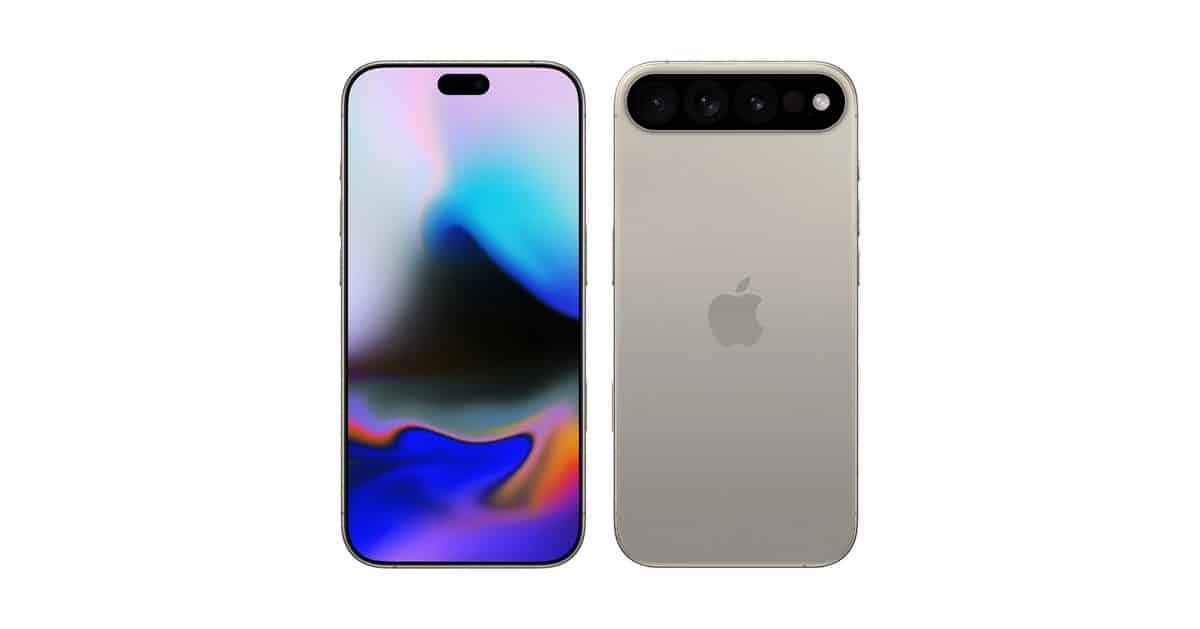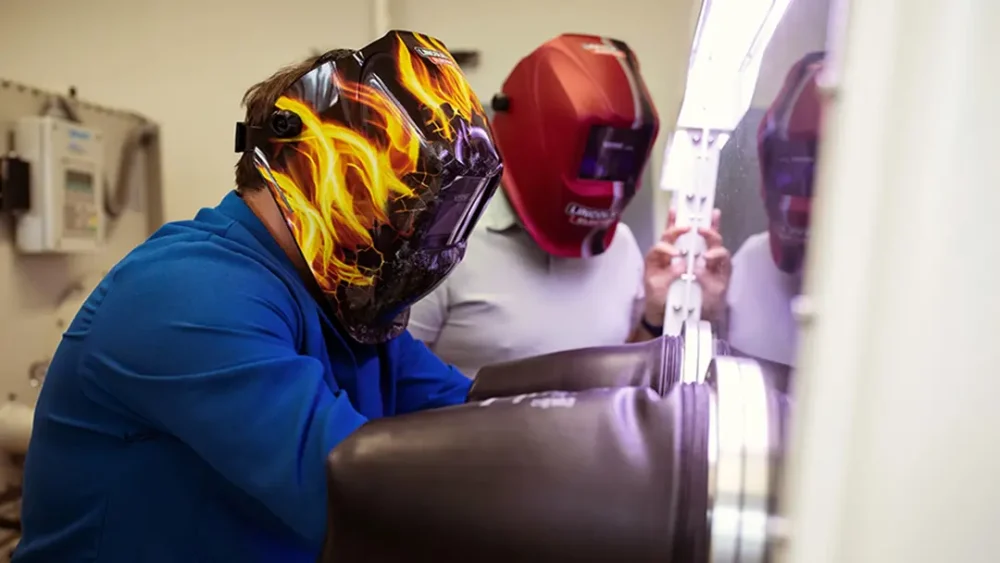The iPhone 17 Air, envisioned as Apple’s next ultra-slim smartphone, has hit a speed bump in its quest for thinness due to issues with the development of high-density battery technology. While this might appear to be bad news for those eager to see Apple push design boundaries, it also presents an opportunity for the tech giant to innovate beyond the constraints of conventional hardware.
A Smarter Approach to Thinness
Rather than sacrificing battery life or performance for a marginal reduction in thickness, Apple could focus on alternative design solutions and cutting-edge features to maintain the iPhone 17 Air’s appeal:
Modular Battery Integration
Apple could explore a hybrid battery system, combining multiple smaller battery units strategically distributed within the device. This would allow the iPhone to achieve a slimmer profile in critical areas while maintaining a robust overall battery life.
Advanced Materials for Durability and Efficiency
Incorporating lightweight but durable materials like graphene composites in the chassis could offset the increased thickness by reducing the phone’s overall weight. Additionally, graphene-based batteries, though still in development, could provide a more compact, high-capacity solution in future iterations.
Ultra-Compact Internal Components
Apple could miniaturize other internal components, such as the speaker assembly, vibration motor, and camera modules, to compensate for the battery’s thickness, leveraging advancements in MEMS (micro-electro-mechanical systems) technology.
Enhanced Software Optimization
Apple could prioritize energy-efficient software optimizations, allowing the phone to deliver extended battery life without increasing the battery’s physical size. This could be a win-win for users who value both performance and longevity.
A Broader Perspective on Thinness

It’s worth questioning whether the race for ultra-thin smartphones is vital. As phones become slimmer, they often sacrifice usability, such as reduced grip comfort or diminished battery life. Instead, Apple could emphasize other design elements that enhance the user experience:
- Aesthetic Slimness: Clever design choices like tapered edges and thinner bezels can give the illusion of a sleeker device without compromising internal capacity.
- Practical Additions: Features like MagSafe battery accessories or modular backplates could let users customize their devices without needing a razor-thin design.
What This Means for Users
While the iPhone 17 Air may not be Apple’s thinnest phone, its potential upgrades—like a ProMotion display, enhanced cameras, and an Apple-designed 5G modem—make it a strong contender in the premium smartphone market.
Apple’s ability to overcome design limitations has historically set it apart. The iPhone 17 Air’s slight increase in thickness could signify a shift toward more sustainable, performance-oriented innovation rather than purely aesthetic goals.
Should Apple prioritize thinness or focus on features that deliver a better user experience?
Features ultimately define how users interact with and benefit from their devices. A marginally thinner design might look sleek, but it won’t outweigh the practicality of a longer battery life, better performance, or cutting-edge functionality.
Apple’s strength has always been creating cohesive and purposeful products, so emphasizing features like ProMotion, enhanced cameras, and custom chipsets would make the iPhone 17 Air far more appealing than simply chasing thinness. Plus, as users, we remember how the device performs daily—not just how it looks in our hands.


